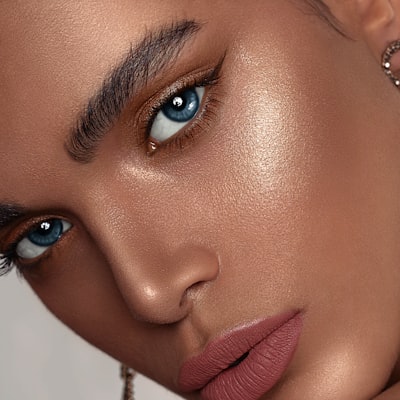The Ultimate Guide to Choosing the Right Window Tint for Your Vehicle

Window tinting offers both, but figuring out the right amount of film can feel like a puzzle. Dive in as we unravel the mystery and guide you through the process of estimating the perfect amount of tint film for your specific needs. Laminated glass, used for windscreens, and tempered glass, usually used for side and rear windows, both block UVB radiation. A sedan might cost between $200-$300 for standard tint films, while larger SUVs might begin at $300 or more. You can watch the videos repeatedly, practice making patterns, and install window tint on various types of windows until you feel confident and achieve the desired results.
Opting for carbon window tinting provides a brilliant solution for those seeking both cost-effectiveness and high-quality performance. Its proficient heat and UV protective capabilities are demonstrated by blocking up to 50% of infrared heat, making those sizzling summer days much more bearable within your vehicle. In addition, window tinting the carbon tint’s stylish dark hue adds an elegant and sleek appeal to your car. All these benefits come at a more pocket-friendly price compared to the ceramic window tinting, making it a stellar choice for budget-conscious, style-savvy customers. Ensuring maximum protection and performance for your vehicle.
Windscreens are not to be tinted as the minimum requirement for VLT is 75%. The Window Film Association of Australia and New Zealand website has information on regulations. To remove window tint, try using a razor blade and soapy water.
With so many types of car tints available on the market, it can be challenging to choose which one is right for you. We hope this article has helped you consider the best type of car window tint for your needs. Before selecting your tint, make sure that you consider all factors involved including local laws, effects on vehicle performance and durability as well as cost. By doing your research ahead of time, you can ensure that you select the correct type for both aesthetic purposes or energy efficiency needs. Northside Window Tinting is the best choice in Melbourne for all car window tint and car paint protection. We have more than 14 years of experience in car window tinting.
Achieving a professional-looking result with DIY tinting requires patience, precision, and the right tools. Common challenges include dealing with air bubbles, creases, and uneven edges. Are you ready to own a premium domain in the automotive industry?
Service providers are advised to contact you directly in order to discuss additional work that is not included in the initial quote. Once you have entered in your vehicle details and location, you’ll be able to browse through available repair tasks or inspections that you would like a quote for. If your fingerprints are getting on the film, wet the fingers to avoid the mess.
There are legalities regarding the visible light transmission required on vehicles. In Australia, for passenger vehicles, VLT regulations for windscreens are 70-75%, Front-side windows are 35% and rear-of-driver windows are 20% (15% in NT). Yes, you can tint your car windows yourself with the right tools and patience, but professional installation is recommended for the best results. At Tint Haus, we offer a vast range of market leading, quality Window Tint options to suit your every need.
It doesn’t fade, and you won’t have to worry about it blocking radio signals. If you’re on a tight budget, check out my value pick, the Gila Heat Shield. When a person is starting out and just learning, they should set realistic expectations. To finish a car in a day is realistic, and probably if they did that every day for a month, by the end of the month they should be able to get up to two cars in a day.
Ceramic window tint uses a highly durable and non-conductive ceramic particle, providing superior heat rejection and UV protection. Ceramic window tinting stands out for its exceptional protective properties, outperforming carbon films by a considerable margin. Dark car window tinting is optimised to reduce glare, light, ultraviolet rays, and heat.
We take pride in our work no matter the size or price of your vehicle to ensure 100% satisfaction. VIC and QLD have similar requirements but may differ slightly for specific vehicle types. A new car warranty doesn’t cover any aftermarket accessories fitted to the vehicle. If you fit an aftermarket part or accessory and damage a component on the vehicle, that component won’t be covered under warranty. However, if you fit a quality accessory or part and it doesn’t have an adverse effect on the vehicle then it cannot void the car warranty. If you have sent off a quote request to local service providers through AutoGuru, you can expect to receive up to five quotes back.
As the name implies, this refers to the percentage of heat that will not penetrate the window film. This percentage of solar energy is “bounced” back off the film. The films with a high TSER generally tend to have a reflective exterior appearance and you will sacrifice some of the natural light . However, there are some film options available that will let through a high level of natural light while maintaining a moderate to high solar energy rejection.
